Table of contents
- Why dogs in the office are gaining popularity
- Benefits for employees, dogs & companies
- Requirements: What needs to be in place?
- Office-readiness check: Is my dog a good fit?
- Office setup: Rest area, zones & routines
- Training & management at work
- Breaks & enrichment during the workday
- Office do’s & don’ts
- FAQ
- Info table: Office dog at a glance
- Conclusion
Why dogs in the office are gaining popularity
Modern workplaces prioritize teamwork, well-being, and flexible structures. Dogs fit right in: they reduce stress, prompt short movement breaks, and support an open company culture. At the same time, dogs enjoy being close to their person instead of staying home alone. The key is a clear set of rules so harmony doesn’t turn into chaos.

Benefits for employees, dogs & companies
For employees, an office dog means less stress, more social interaction, and a healthy reminder to take breaks. Dogs benefit from closeness to their person and a predictable daily structure. Companies can gain, too: office dogs raise employee satisfaction, strengthen team culture, and improve employer branding.
Requirements: What needs to be in place?
To make office dogs work, a few basics are essential. First, check the team for allergies or fears that need consideration. Your dog needs a defined rest area, fresh water, and safe potty and walk options. Hygiene matters as well: regular airing out, clean bedding, and coat care. A canine liability policy can also be smart for peace of mind.

Office-readiness check: Is my dog a good fit?
Not every dog thrives at the office. Assess whether your dog can show impulse control, stay calm when coworkers pass by, and tolerate brief separations. A reliable recall and solid core cues like sit, down, and stay make office life much easier. If you’re building up alone time, our guide on teaching your dog to stay home alone walks you through a step-by-step plan.
Office setup: Rest area, zones & routines
Office dogs need structure. A quiet retreat with a mat or crate keeps your dog out of walkways. A small sign—“Please don’t disturb, dog resting”—helps coworkers respect downtime. Keep a water bowl at the desk and offer a chew or lick mat during breaks. Avoid snacking at the desk to prevent begging.
Training & management at work
Reward-based training pays off at the office. A “go to mat” cue tells your dog exactly where to settle. For greetings, ask for a sit before any petting. Hallway and lobby walks should be on a loose leash—our article on loose-leash walking shares practical steps.
Breaks & enrichment during the workday
A short walk before big meetings helps reduce arousal. During breaks, scent games, snuffle mats, or a few tricks provide mental work. Dogs also need plenty of sleep—up to 18 hours is normal—so schedule consistent rest periods as part of your routine.
Office do’s & don’ts
Do’s: Clear rules, defined zones, and structured breaks make coexistence easy. Open communication with coworkers builds acceptance and prevents conflict.
Don’ts: Never leave dogs unattended around food or tech. Avoid overwhelming them with constant stimuli or long days without proper breaks.

FAQ
Can every dog go to the office?
No. Calm temperament, basic training, and team buy-in are essential.
How long can a dog stay at work?
As long as you provide regular breaks, walks, and rest. A good rule of thumb is a potty break every 4–5 hours.
What gear is essential?
A rest mat, water bowl, leash, collar, a chew for downtime, and waste bags are the basics.
Info table: Office dog at a glance
| Criteria | Important for office life |
|---|---|
| Temperament | Calm, friendly, people-oriented |
| Training | Core cues, impulse control, loose-leash walking |
| Setup | Rest area, water bowl, calming chew/lick mat |
| Breaks | 2–3 walks plus scheduled downtime |
| Team | Agreement & clear rules for everyone |
Conclusion
Bringing a dog to work can be a real asset—for people, dogs, and the company. With clear structure, appropriate rest, and thoughtful training, everyone benefits. That’s how you build a truly dog-friendly culture where office dogs aren’t merely tolerated, but genuinely valued.


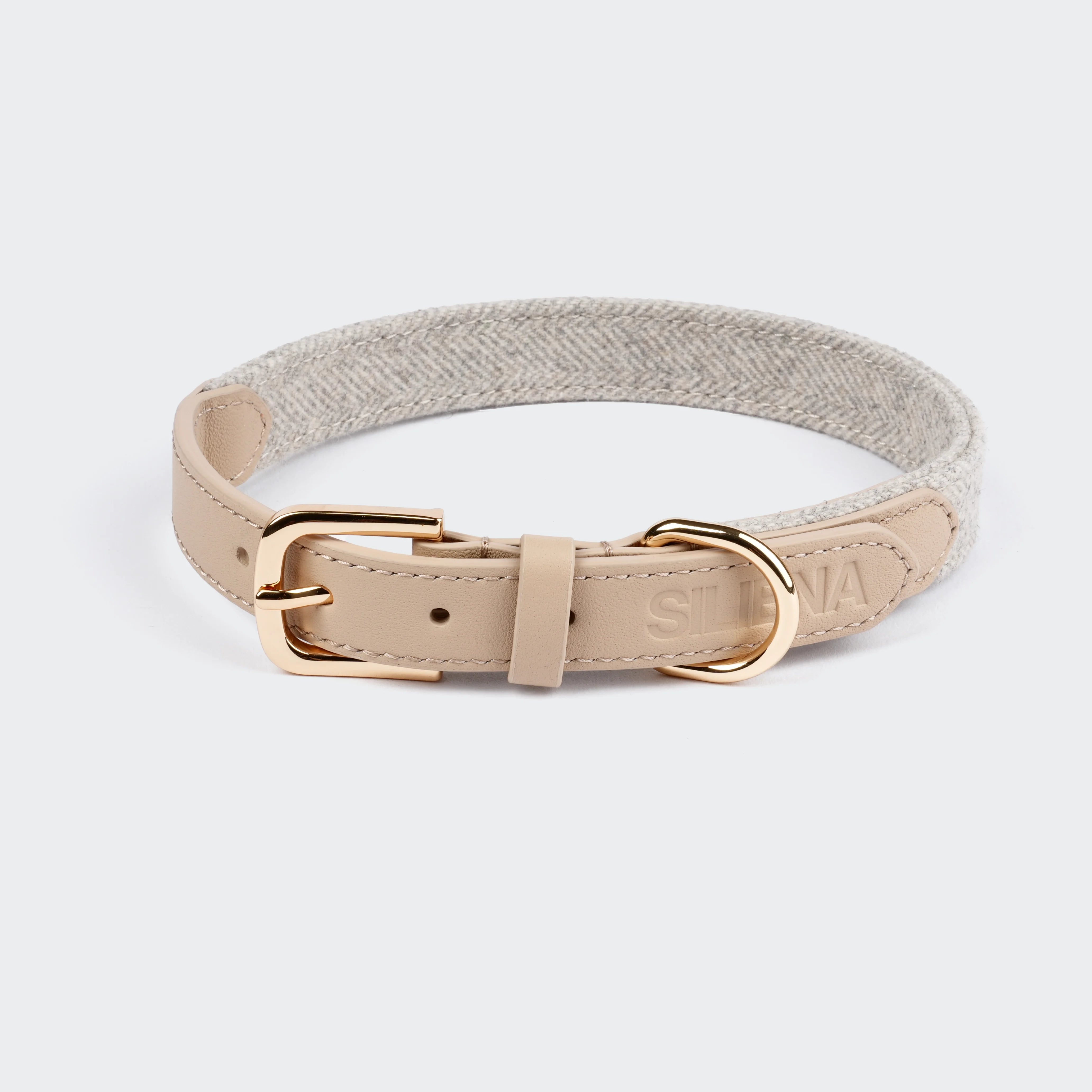
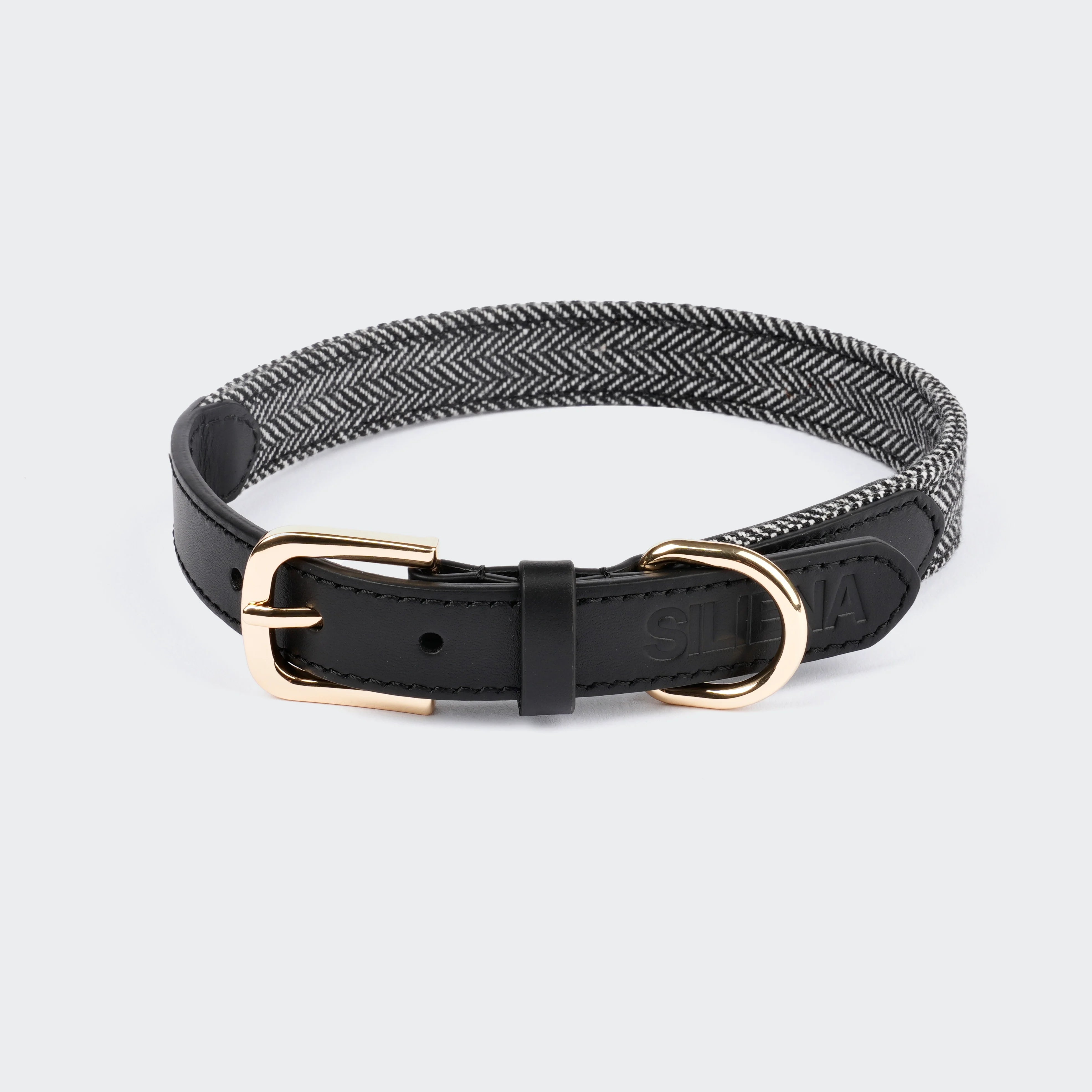
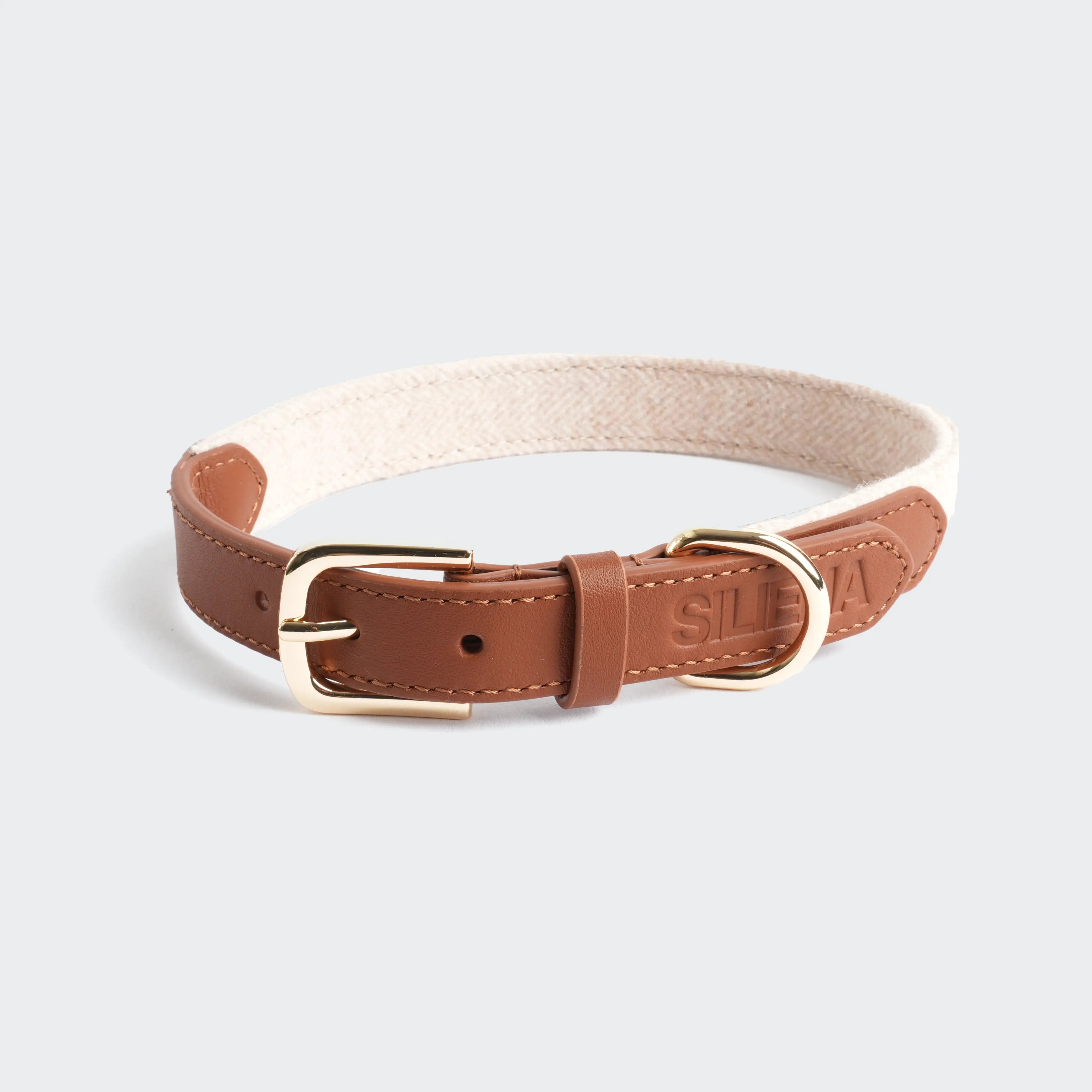
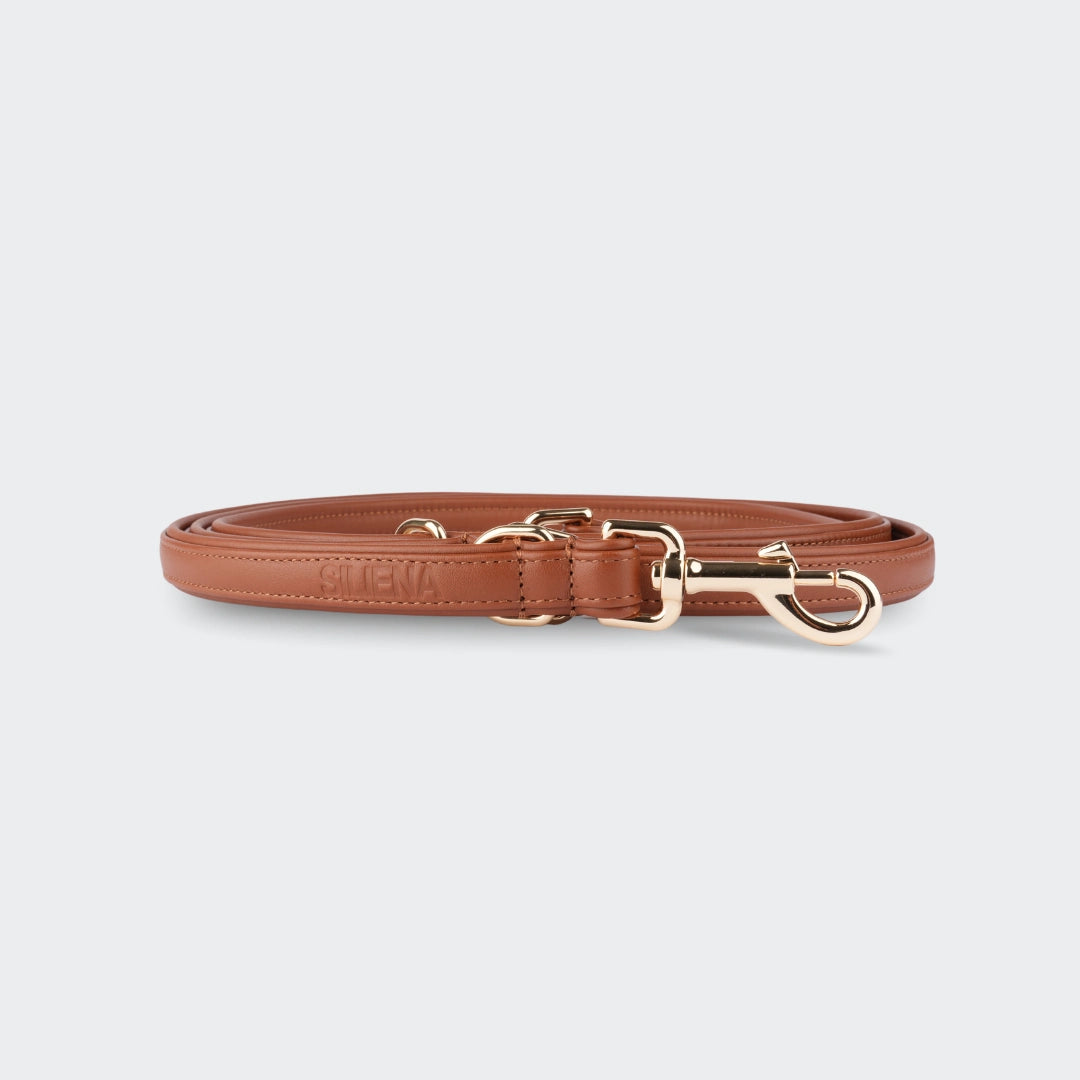
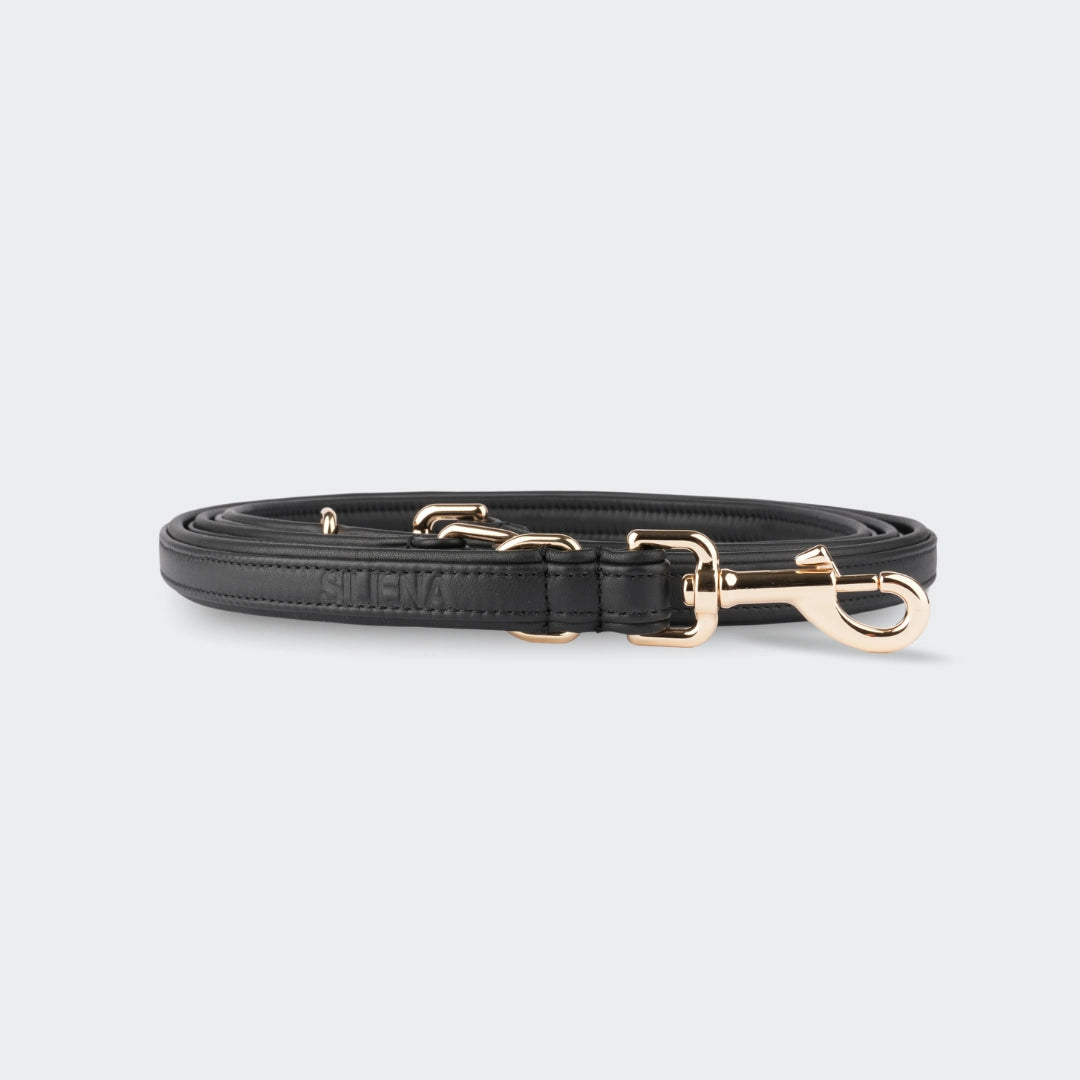
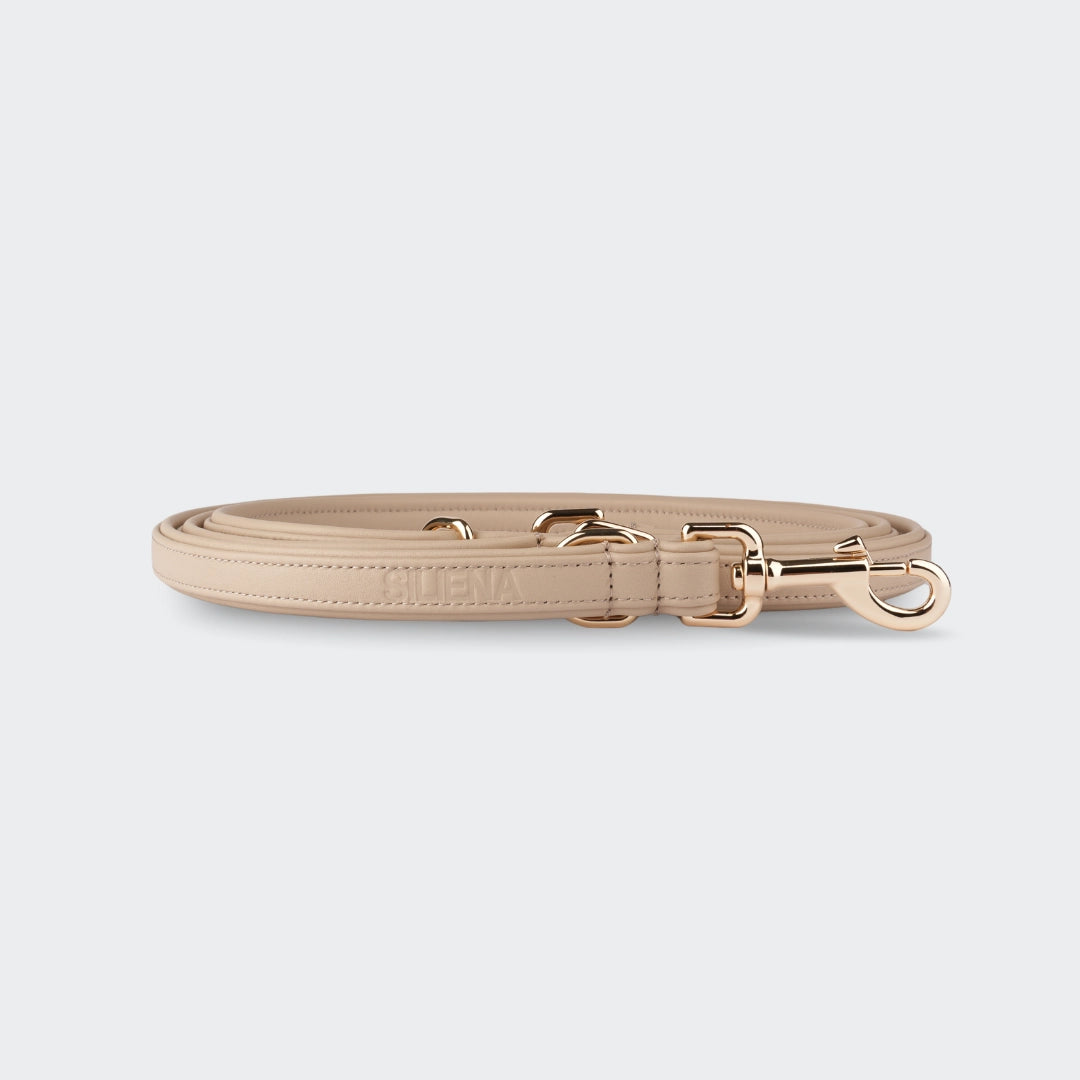
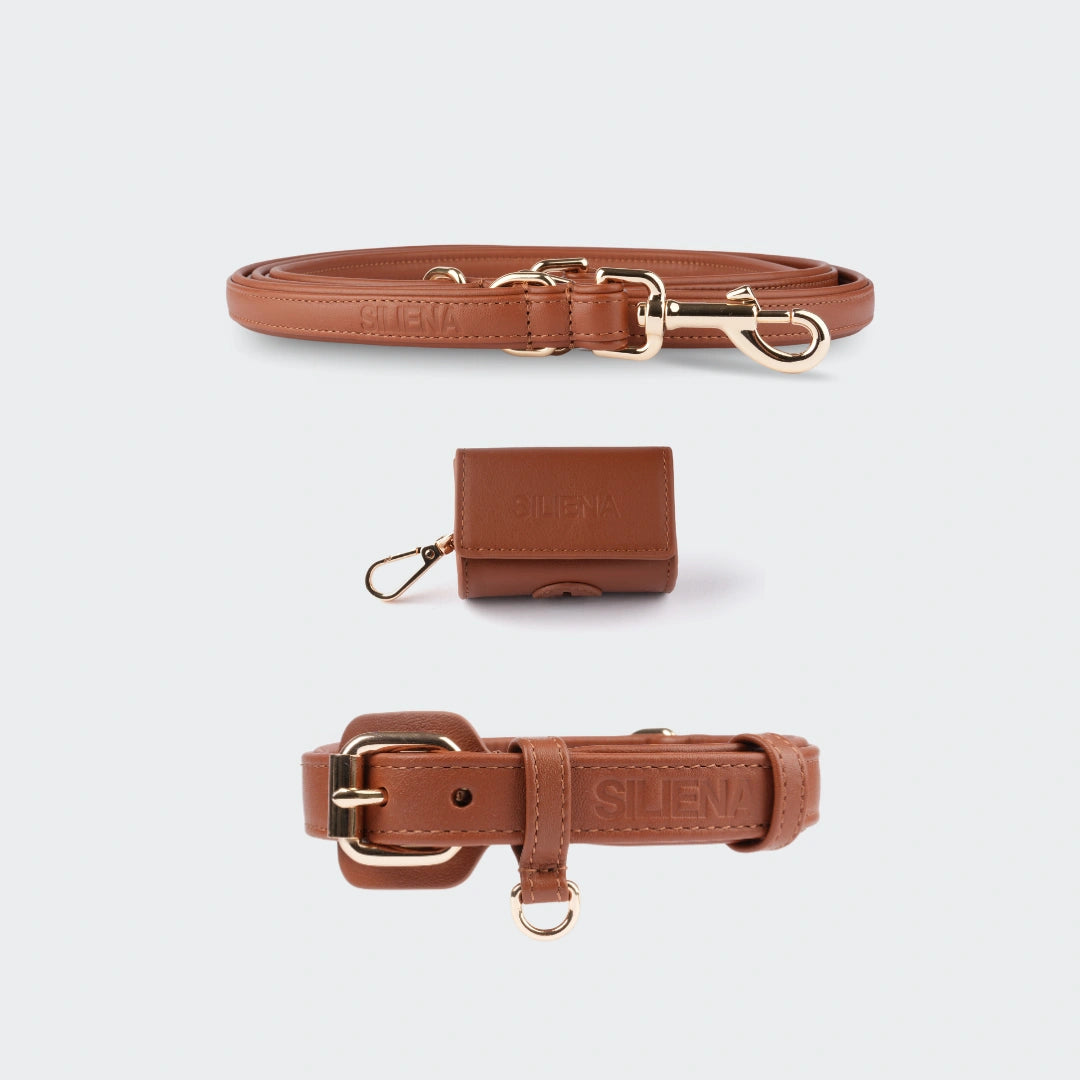
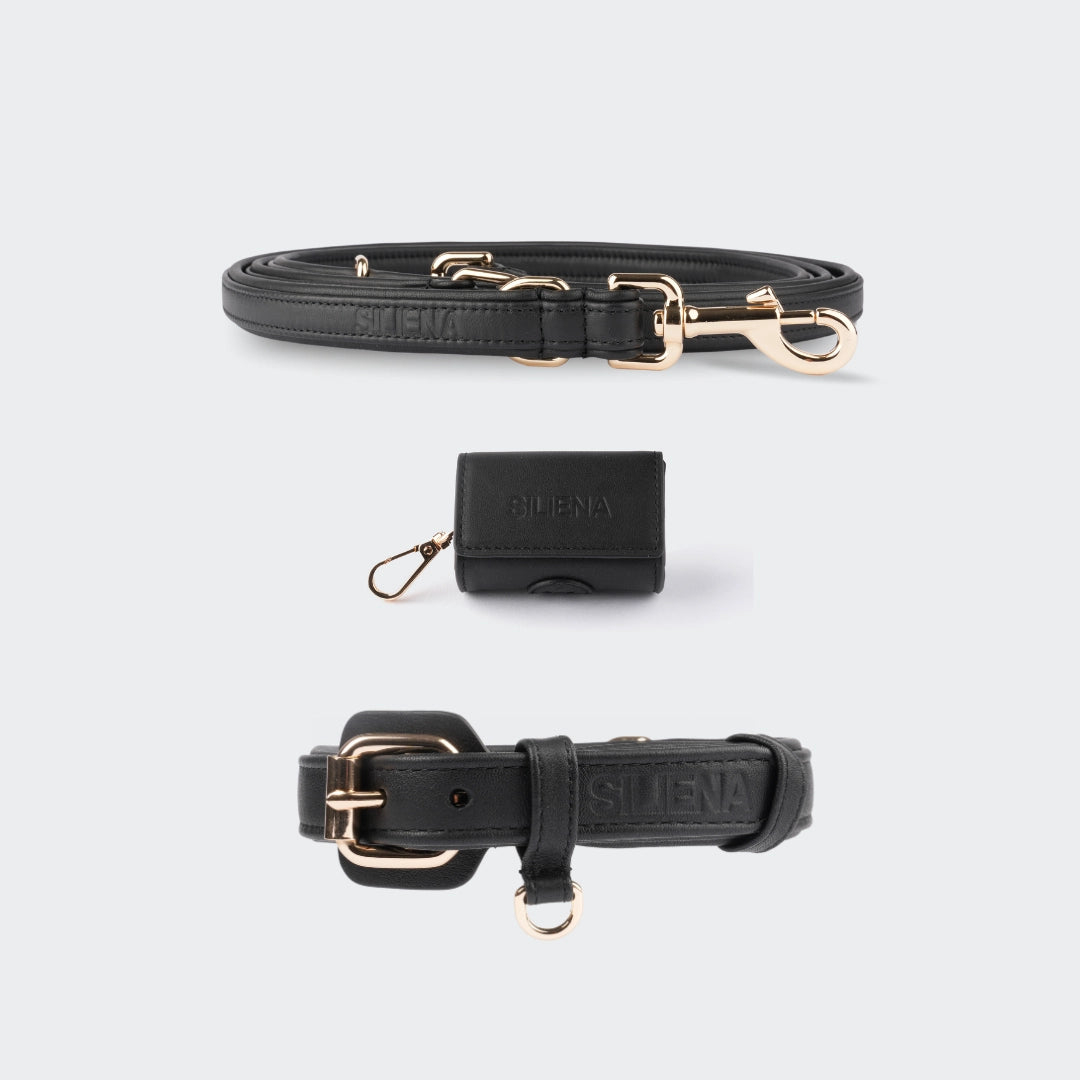
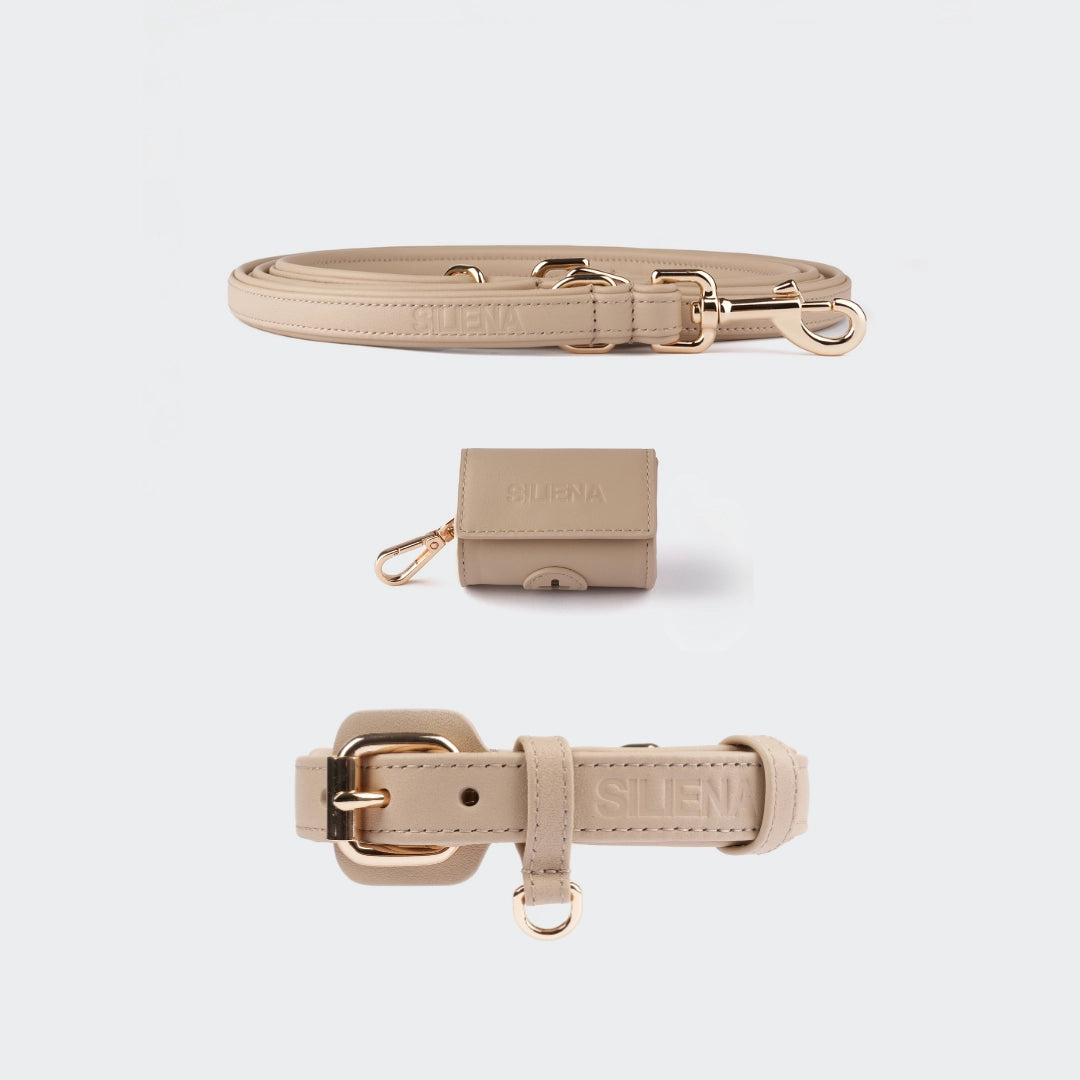
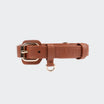
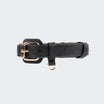

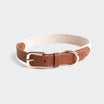
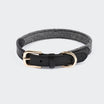
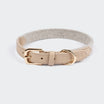

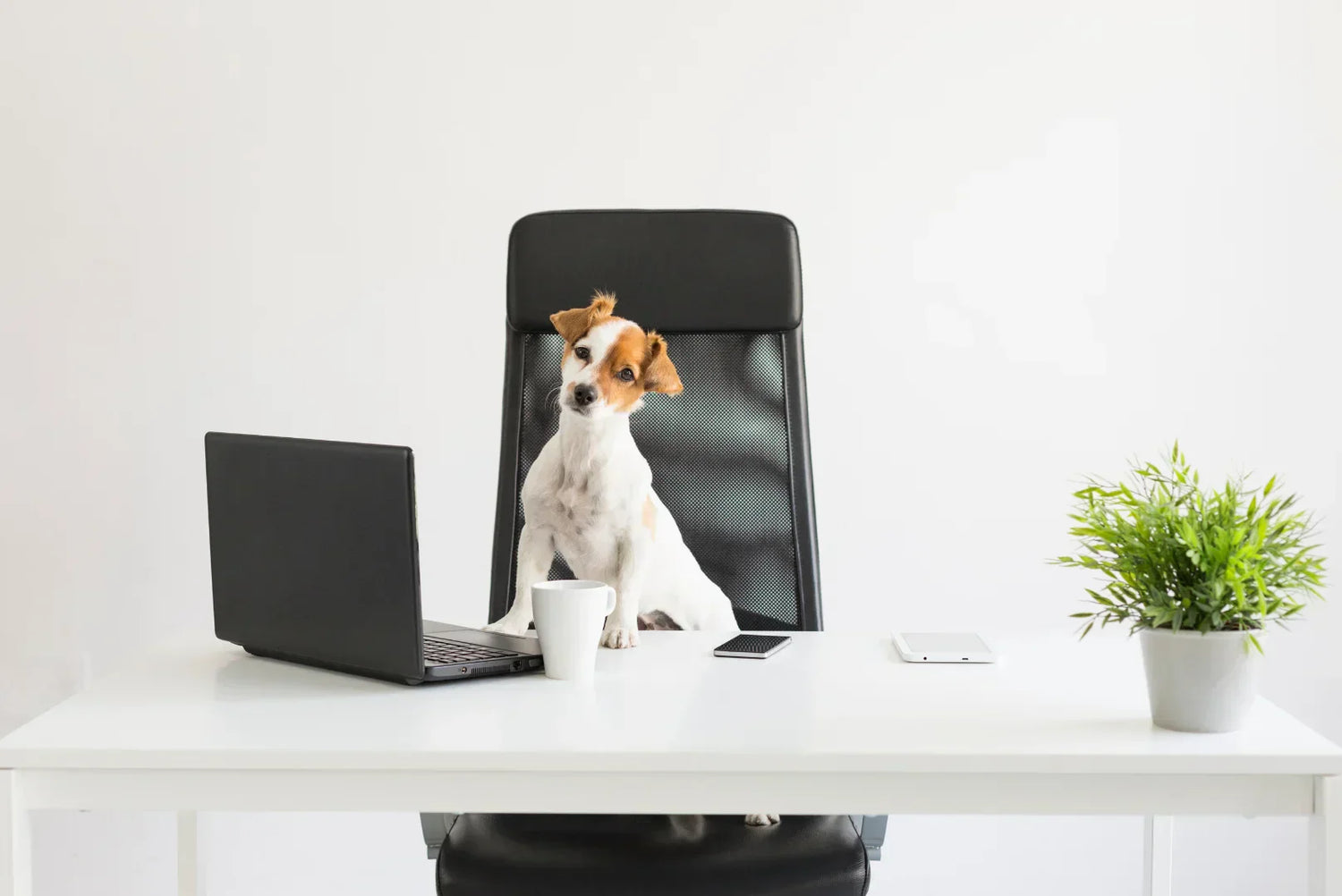
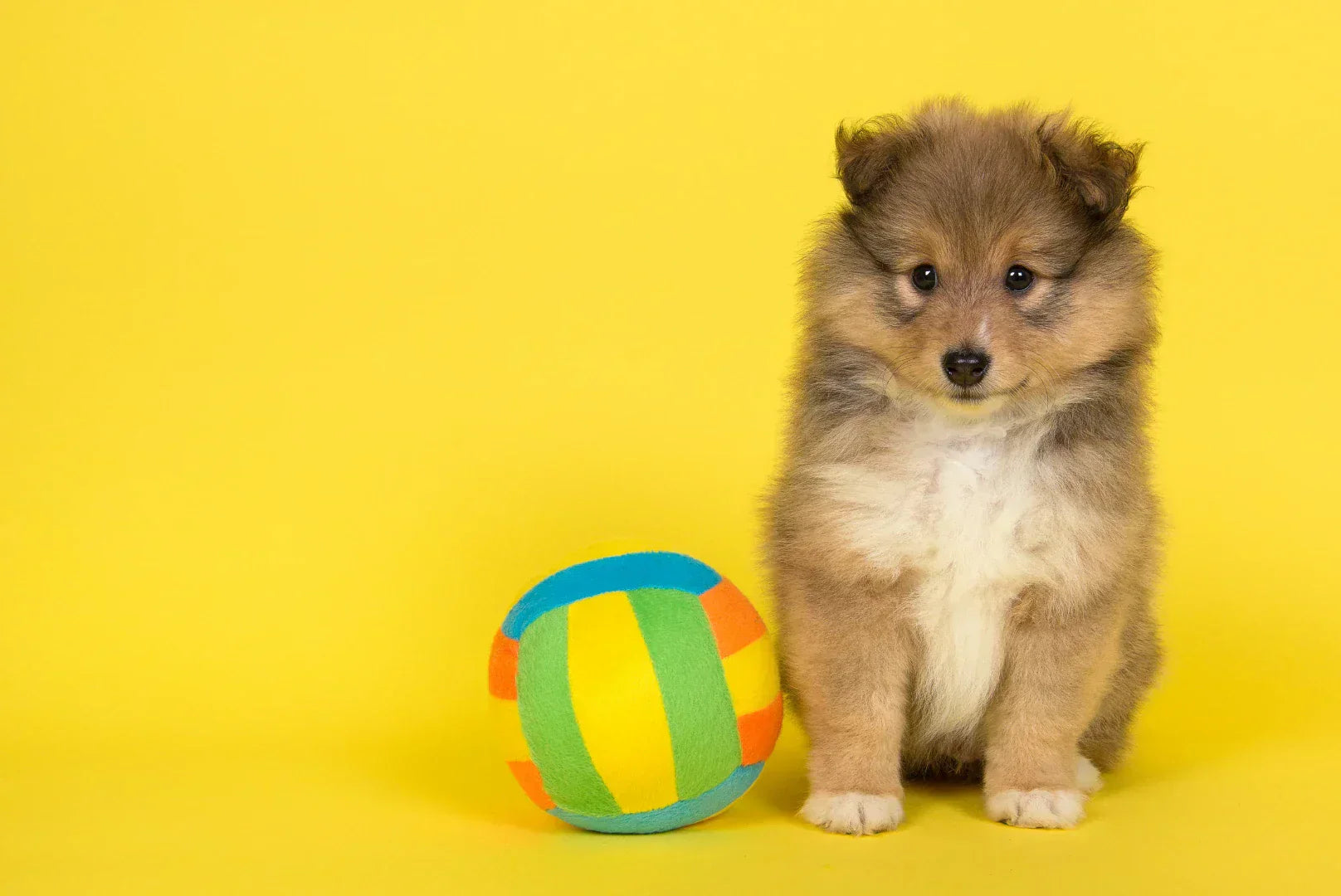
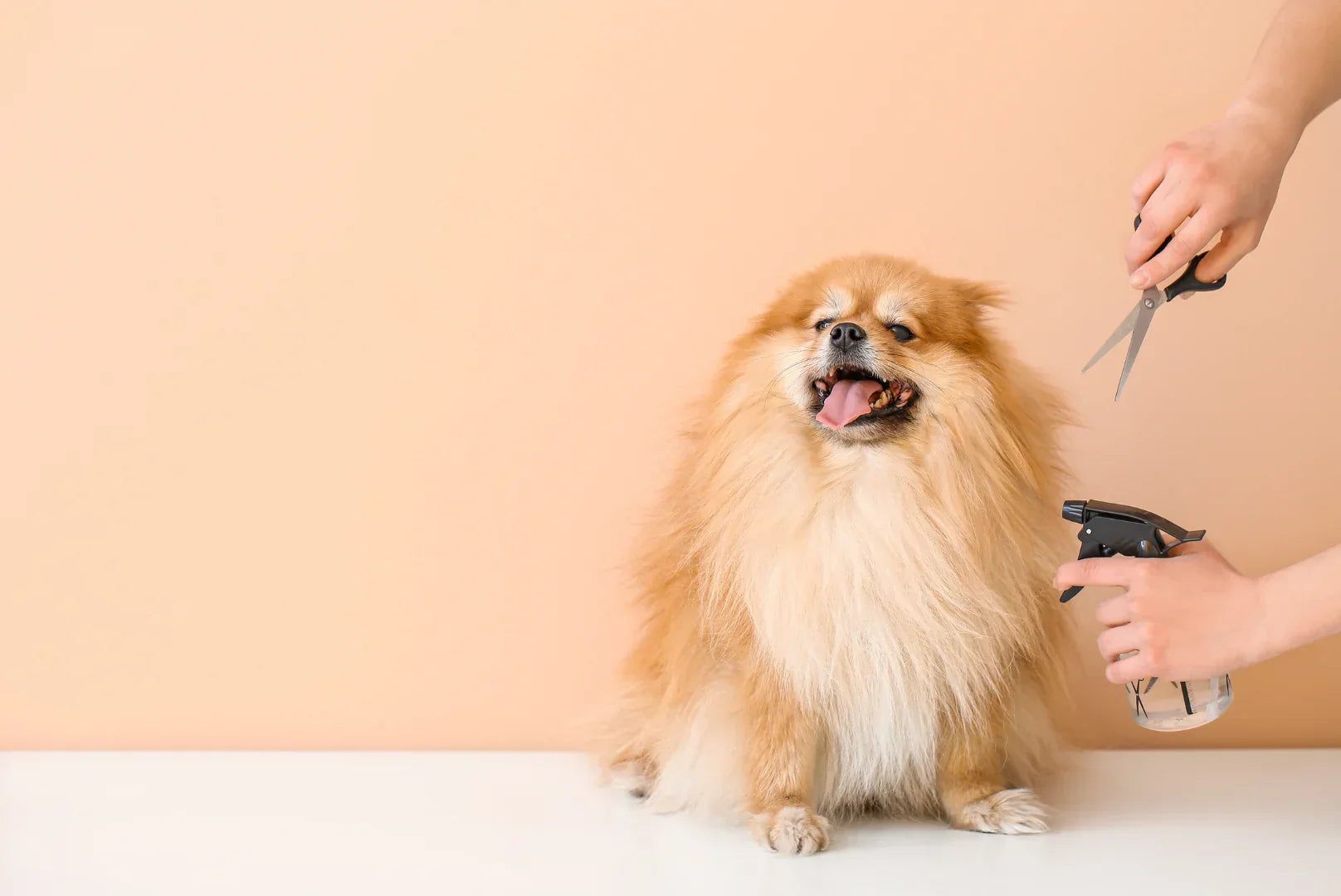


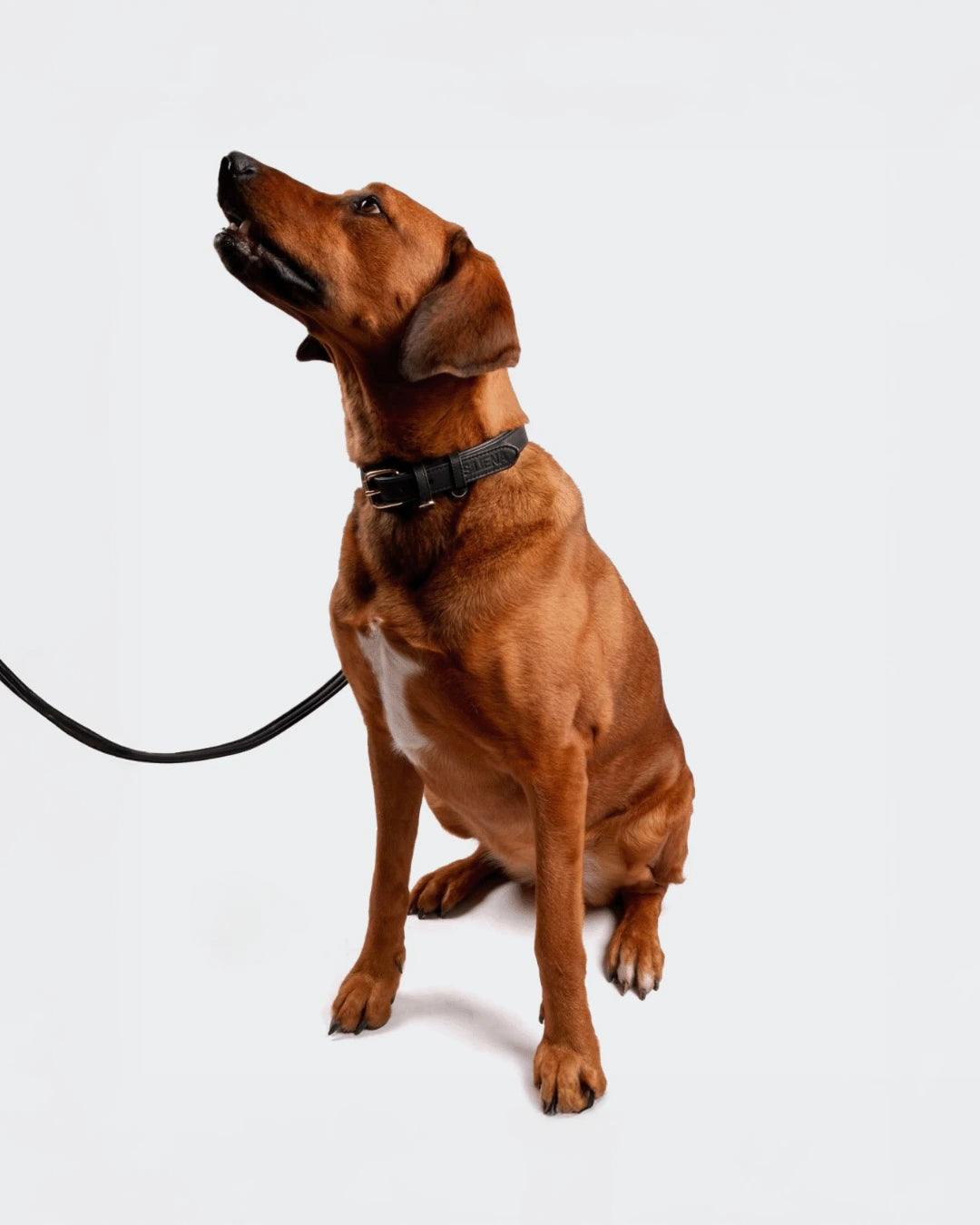
Leave a comment
This site is protected by hCaptcha and the hCaptcha Privacy Policy and Terms of Service apply.